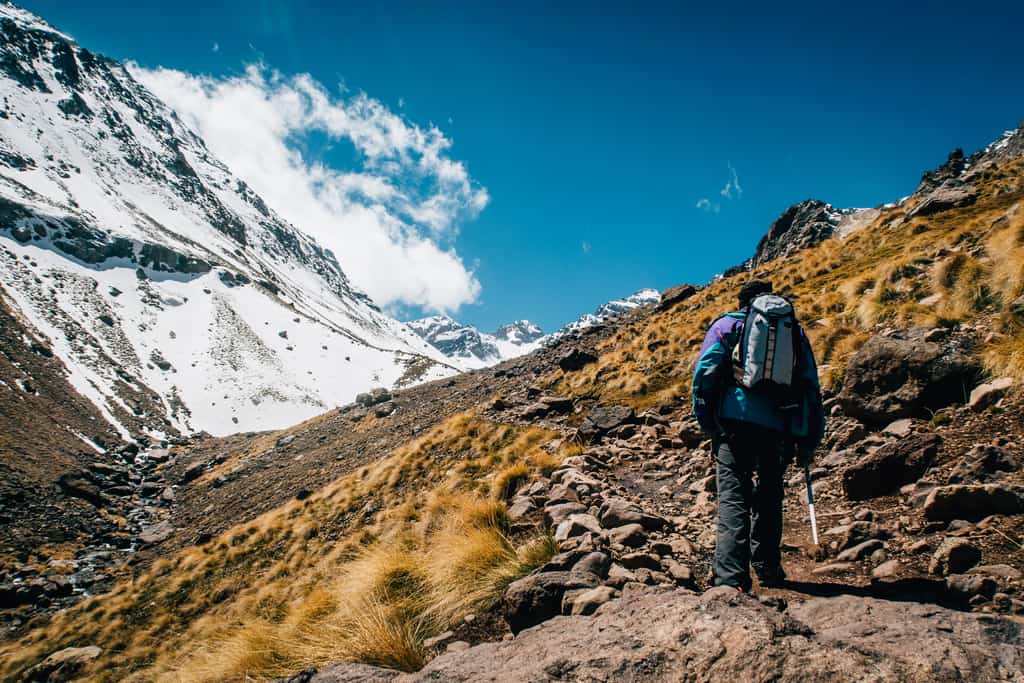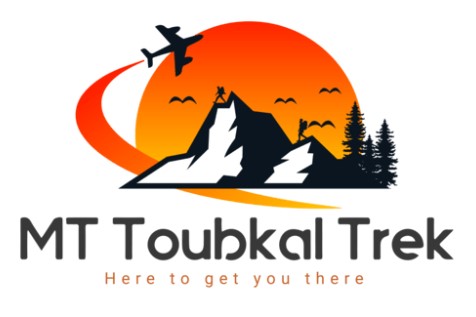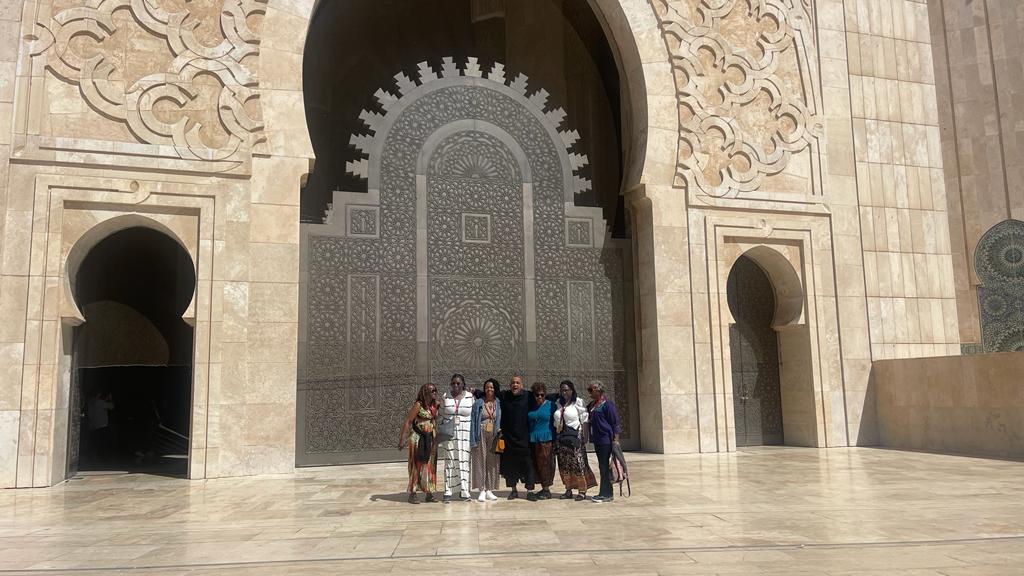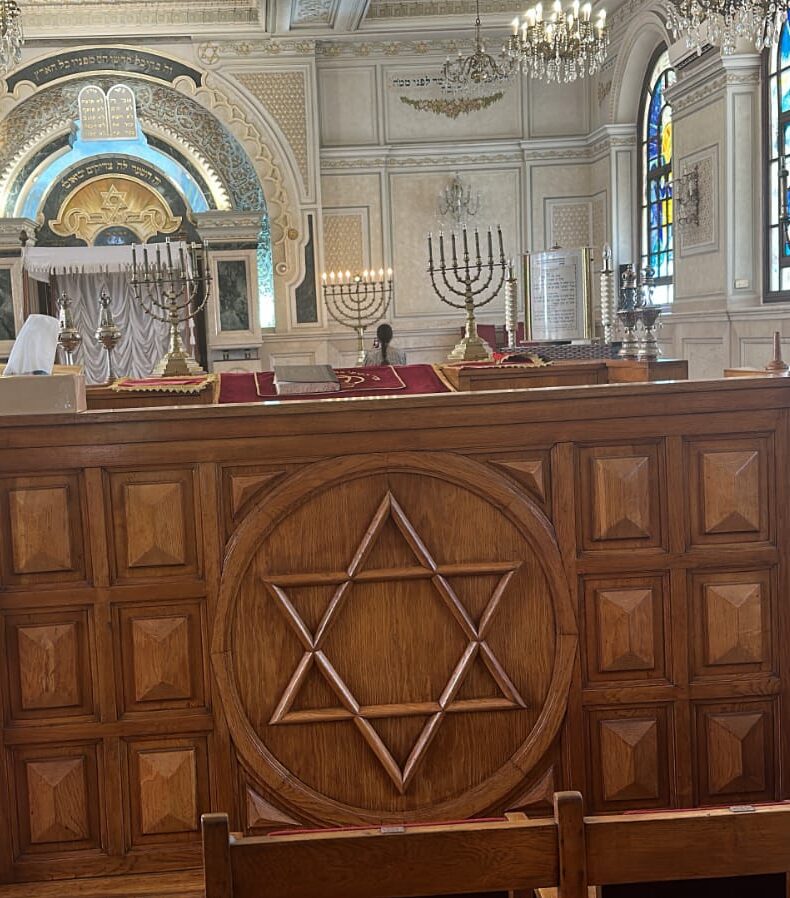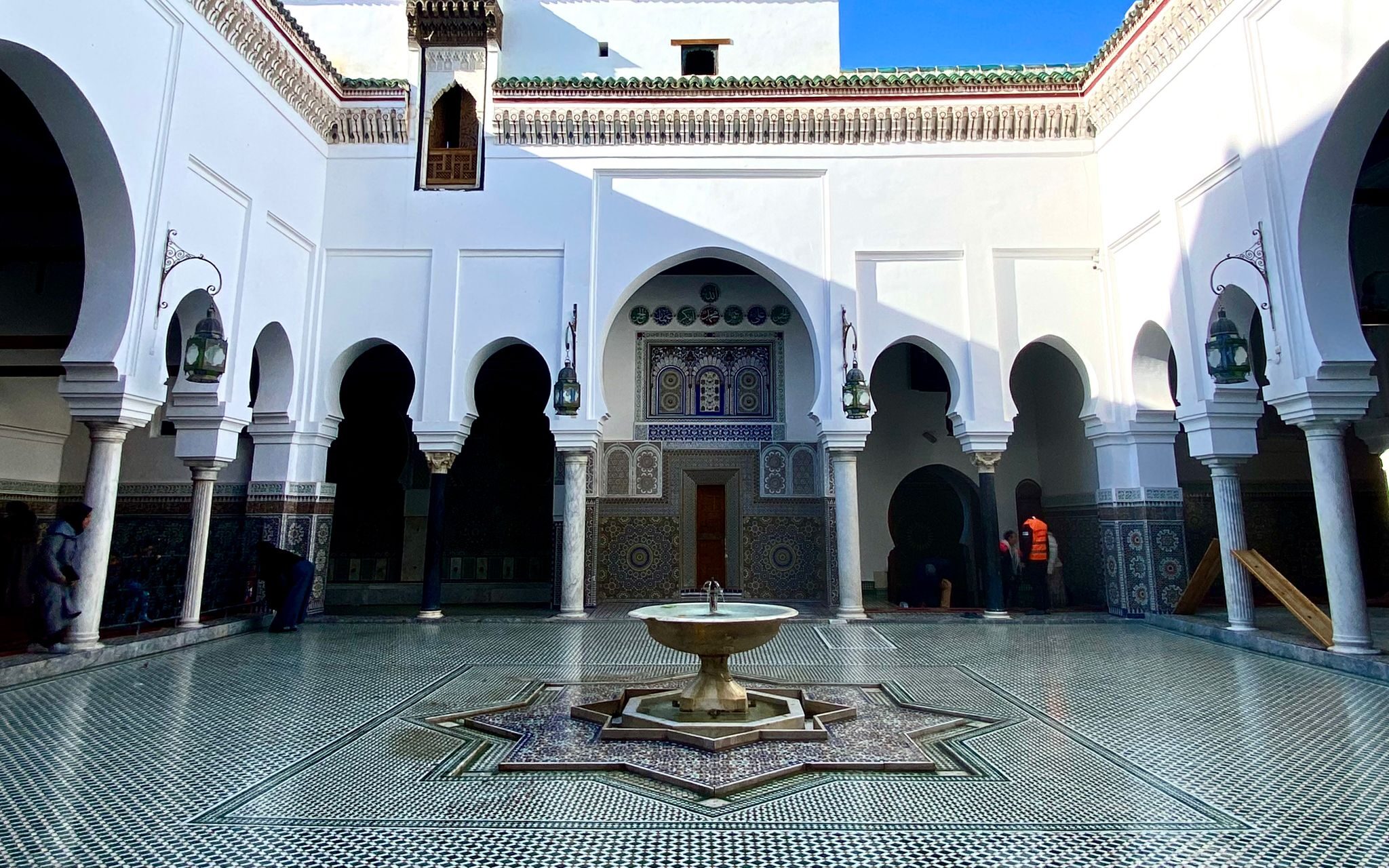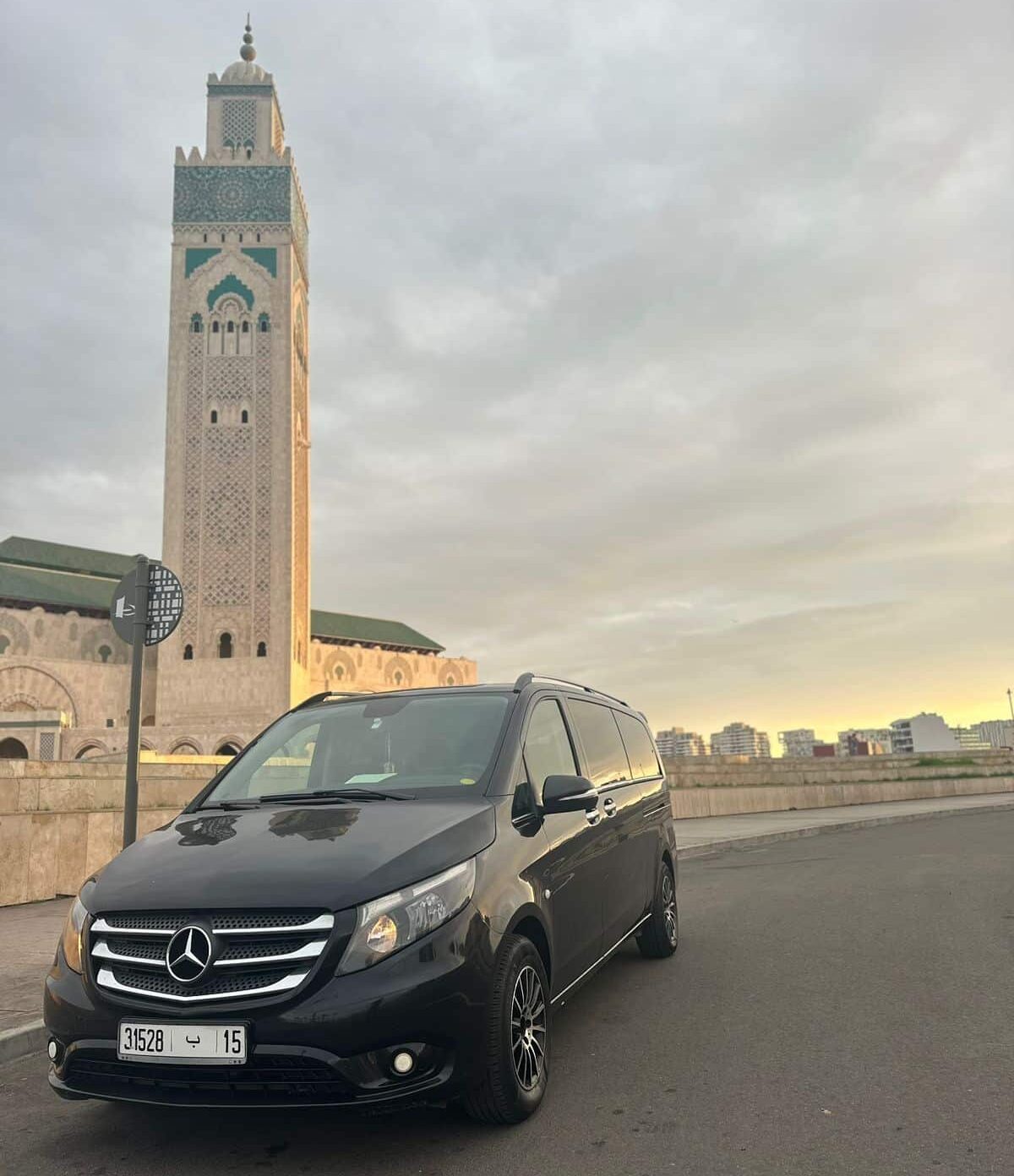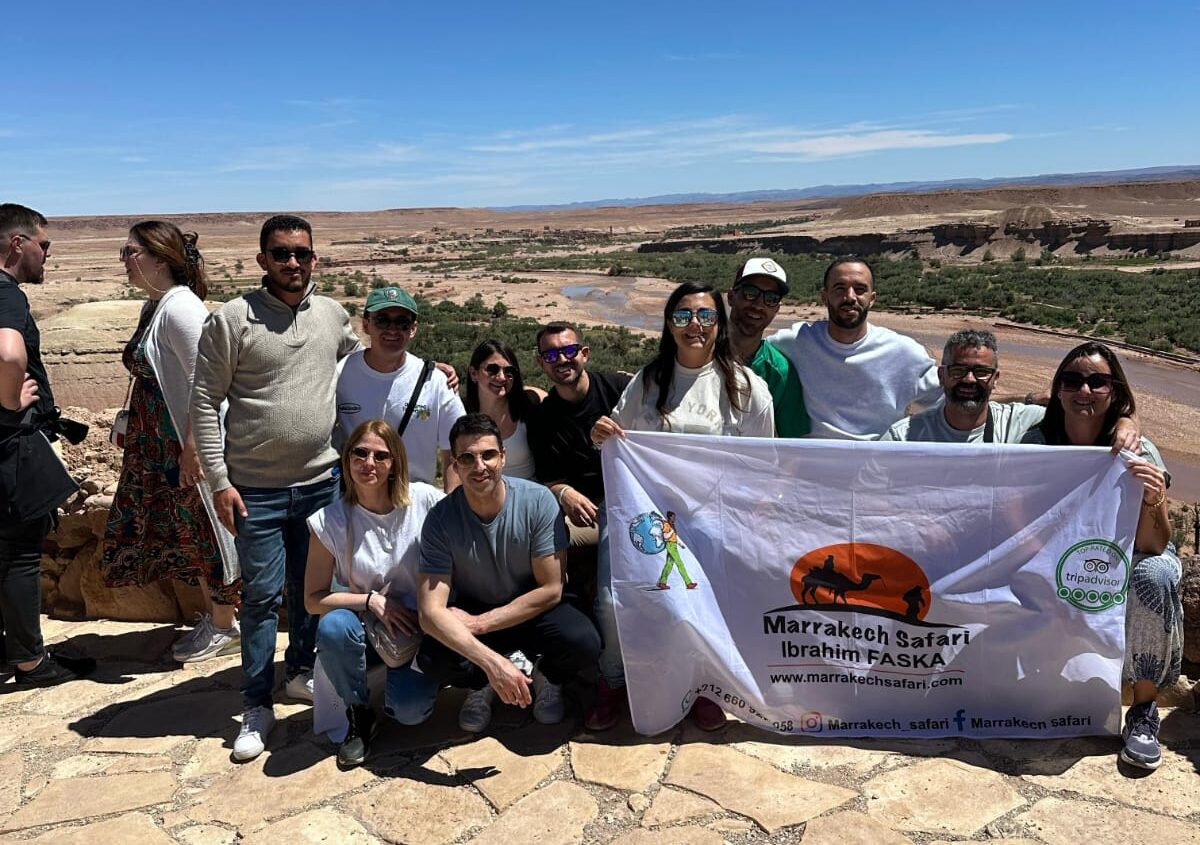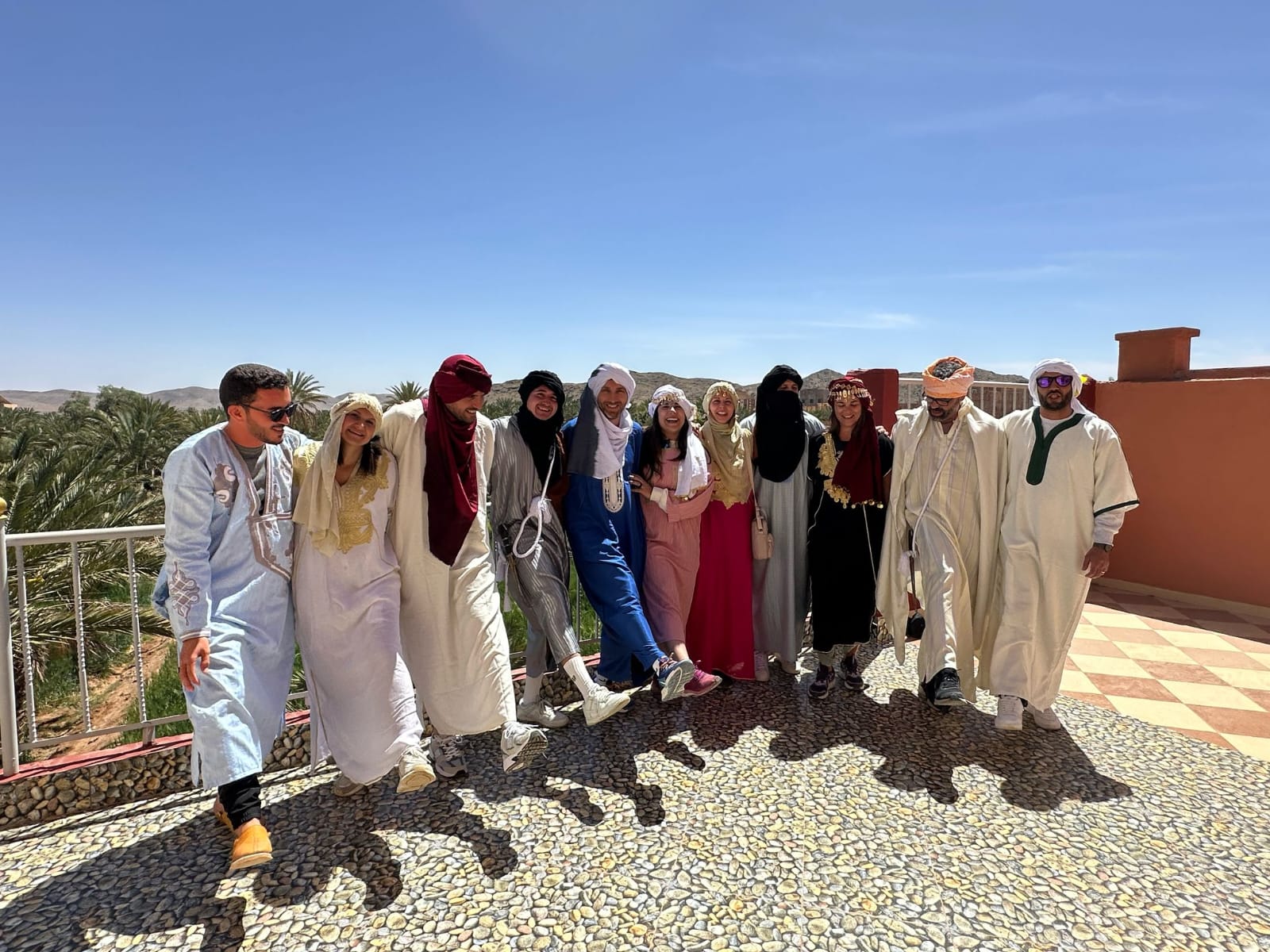Toubkal Trek: A Comprehensive Guide to Conquering North Africa's Highest Peak
Introduction to Toubkal Trek
The Toubkal Trek is one of the most exhilarating and rewarding trekking experiences in North Africa, offering adventurers the chance to ascend the highest peak in the region, Mount Toubkal. Nestled within Morocco's Atlas Mountains, this trek not only challenges the physical endurance of hikers but also immerses them in the rich cultural tapestry of Berber traditions and Moroccan landscapes. Whether you're an experienced trekker or a novice hiker, the Toubkal Trek promises an unforgettable journey through rugged terrain, stunning vistas, and the vibrant heart of Morocco.

Historical Background of Toubkal
History of Mount Toubkal
Mount Toubkal, standing at 4,167 meters (13,671 feet), has long been revered in Moroccan history. Its name, derived from the Berber language, signifies a place of awe and grandeur. The mountain has been a symbol of challenge and achievement for centuries, with its first recorded ascent in 1923 by a French expedition. Over the years, Toubkal has become a beacon for adventurers from around the world, drawing those eager to test their limits against its formidable heights.
Cultural Significance in Morocco
Beyond its physical prominence, Mount Toubkal holds deep cultural significance for the Berber communities that inhabit the surrounding regions. The Berbers, indigenous to North Africa, have lived in these mountains for millennia, developing a unique culture intertwined with the natural environment. Toubkal is not just a mountain; it’s a cultural landmark that represents the resilience and spirit of the Berber people.
Geography and Climate
Location and Topography
Mount Toubkal is located in the Toubkal National Park, about 63 kilometers south of Marrakesh. The park encompasses a diverse landscape, from arid plains to rugged mountains, offering a range of environments for trekkers. The ascent to Toubkal's summit takes you through deep valleys, steep ridges, and occasionally snow-covered slopes, making it a challenging yet scenic climb.
Climate Conditions Throughout the Year
The climate in the Toubkal region varies significantly with the seasons. Summers are generally hot and dry, with temperatures in the valleys soaring, but cooler at higher altitudes. Winters can be harsh, with significant snowfall transforming the trek into a winter mountaineering challenge. The best times to trek are in the spring (April to May) and fall (September to October), when the weather is more moderate, and the landscape is lush.
Planning Your Toubkal Trek
Best Time to Visit
Choosing the right time for your Toubkal Trek is crucial for a successful and enjoyable experience. The optimal trekking seasons are spring and autumn, where the weather is favorable, and the trails are in their best condition. During these periods, the temperatures are mild, the skies are clear, and the risk of weather-related disruptions is minimal. Summer can also be an option, but trekkers should be prepared for intense heat in the lower altitudes.
Permits and Regulations
Before embarking on the Toubkal Trek, it's essential to secure the necessary permits. Trekkers must register with the local authorities in Imlil, the village that serves as the primary gateway to Mount Toubkal. Additionally, hiring a licensed guide is mandatory for safety reasons. The Moroccan government enforces this rule to ensure that all trekkers are accounted for and to minimize risks in the remote and often challenging terrain.
What to Pack
Packing appropriately for the Toubkal Trek can make or break your adventure. Essential items include sturdy hiking boots, layered clothing to adapt to changing weather conditions, and a high-quality sleeping bag if you're staying in refuges. A good backpack, hydration system, and trekking poles are also advisable. Don’t forget sunscreen, sunglasses, and a hat to protect against the strong Moroccan sun, especially at higher altitudes.
Toubkal Trek Routes
Popular Routes to Summit
The most popular route to the summit of Mount Toubkal starts from Imlil and follows a well-trodden path through the Mizane Valley. This route typically takes two days, with an overnight stop at the Toubkal Refuge. The first day is a steady climb through picturesque villages and terraced fields, while the second day involves a challenging ascent to the summit before descending back to the refuge.
Alternative Trekking Routes
For those looking to avoid the crowds or seeking a more extended adventure, alternative routes such as the Oukaïmeden trail or the Azzaden Valley route offer different perspectives of the Atlas Mountains. These routes are less frequented, providing a more solitary experience amidst stunning scenery. However, they also tend to be more challenging and require a higher level of fitness and preparation.
Difficulty Levels
The Toubkal Trek is considered moderately difficult, suitable for trekkers with a reasonable level of fitness. The main challenges include the altitude, which can lead to altitude sickness, and the rugged terrain, especially on the final ascent. Trekkers should be prepared for long days of walking, with significant elevation gains, particularly on the second day of the standard route.
Day-by-Day Itinerary
Standard 2-Day Itinerary
The most common itinerary for the Toubkal Trek spans two days:
- Day 1: Depart from Imlil, trek to the Toubkal Refuge (3,207 meters), and spend the night.
- Day 2: Early morning ascent to the summit (4,167 meters) and return to Imlil.
This itinerary allows trekkers to acclimate gradually and maximize their chances of reaching the summit.
Extended 3-Day Itinerary
For those who prefer a more leisurely pace, a three-day itinerary is recommended:
- Day 1: Trek from Imlil to Aroumd or Sidi Chamharouch for the first overnight stay.
- Day 2: Continue to the Toubkal Refuge, spend the night.
- Day 3: Summit attempt and return to Imlil.
This extended itinerary provides additional time for acclimatization and reduces the physical strain of the ascent.
Customizable Options
Trekkers can also customize their itineraries based on fitness levels and time constraints. Some may choose to spend additional nights at the refuge or explore nearby peaks such as Ouanoukrim. These variations allow for a more tailored trekking experience, accommodating both beginners and seasoned hikers.
Essential Trekking Gear
Clothing
Layering is key when trekking in the Atlas Mountains. Start with moisture-wicking base layers, add insulating mid-layers such as fleece or down jackets, and top it off with a waterproof and windproof outer layer. This system ensures you stay comfortable across varying temperatures and weather conditions.
Footwear
Investing in high-quality trekking boots is crucial. Boots should be well broken in before the trek and offer good ankle support. The rocky terrain demands durable soles with excellent grip, especially for the final ascent, which can be steep and slippery.
Safety and Survival Gear
Safety is paramount when trekking at high altitudes. Essential safety gear includes a first-aid kit, headlamp, map and compass, and emergency shelter such as a bivy sack. A portable stove and sufficient food supplies are also recommended, particularly if you're trekking without the support of a guide or a porter.
Accommodation Options
Refuges and Campsites
The most common form of accommodation on the Toubkal Trek is the mountain refuges. The Toubkal Refuge, also known as Refuge du Toubkal, is the primary overnight stop for trekkers. It offers basic facilities including dormitory-style sleeping arrangements, communal dining areas, and restrooms. For those seeking a more immersive experience, camping near the refuge or along the trail is also an option.
Nearby Villages and Guesthouses
In the villages of Imlil and Aroumd, trekkers can find a variety of guesthouses that offer comfortable lodging, traditional Moroccan meals, and warm hospitality. Staying in these guesthouses provides an opportunity to experience Berber culture firsthand, with many offering amenities like hot showers and Wi-Fi.
Luxury Options
For trekkers desiring more comfort, luxury options are available in Marrakesh or nearby towns. These include boutique hotels and riads that offer a higher level of service and amenities. Some tour operators also provide upscale trekking packages that include stays in premium accommodations with additional support services.
Physical Preparation
Fitness Level Requirements
Trekking Mount Toubkal requires a good level of physical fitness. While no technical climbing skills are needed, trekkers should be prepared for long days of hiking, carrying a backpack, and coping with the altitude. Cardiovascular endurance, leg strength, and stamina are all important for a successful trek.
Training Tips
To prepare for the Toubkal Trek, engage in regular cardio workouts such as running, cycling, or swimming, combined with strength training exercises focusing on the legs and core. Simulating long hikes with a loaded backpack will help build the endurance needed for the trek. Additionally, practicing on similar terrain, if possible, can provide valuable experience.
Acclimatization Process
Acclimatization is crucial for preventing altitude sickness. Spending a few days in Imlil or trekking to lower-altitude peaks before attempting Toubkal can help your body adjust to the reduced oxygen levels. Ascending gradually and staying hydrated also aid in the acclimatization process.
Local Guides and Tours
Hiring a Local Guide
Hiring a local guide is not only mandatory but also enhances the trekking experience. Guides are knowledgeable about the terrain, weather conditions, and local culture. They can provide invaluable assistance in navigating the trails, handling logistics, and ensuring your safety throughout the trek.
Benefits of Guided Tours
Opting for a guided tour takes the stress out of planning. Tour operators handle all the details, from securing permits and accommodations to providing meals and transportation. This allows trekkers to focus entirely on the experience. Guided tours also offer the advantage of local expertise, with guides often sharing insights into the history, culture, and ecology of the region.
Recommended Tour Operators
Several reputable tour operators offer Toubkal trekking packages, catering to different preferences and budgets. Companies like MT Toubkal Trek and Atlas Mountains Guide have received positive reviews for their professionalism, knowledgeable guides, and well-organized itineraries. When choosing a tour operator, consider their experience, customer feedback, and the inclusivity of their packages.
Flora and Fauna of Toubkal
Unique Plant Species
The Toubkal region is home to a variety of unique plant species, many of which are adapted to the harsh mountain environment. As you ascend, you'll notice changes in vegetation, from juniper and oak forests at lower altitudes to alpine plants like thyme and sagebrush near the summit. Springtime brings a burst of wildflowers, adding vibrant colors to the landscape.
Wildlife You Might Encounter
While wildlife sightings are rare, the Toubkal National Park is home to several species of mammals, birds, and reptiles. Trekkers might spot Barbary sheep, aoudad, or even the elusive Atlas mountain leopard. Birdwatchers can enjoy sightings of golden eagles, bearded vultures, and various species of hawks and falcons.
Conservation Efforts
Conservation efforts in Toubkal National Park focus on protecting the unique flora and fauna of the region. The park is part of a broader initiative to preserve Morocco's natural heritage, with projects aimed at habitat restoration, wildlife monitoring, and community engagement in conservation practices. Trekkers are encouraged to support these efforts by adhering to eco-friendly practices and respecting local wildlife.
Cultural Experiences on the Trek
Interaction with Berber Communities
One of the highlights of the Toubkal Trek is the opportunity to interact with the Berber people, who have lived in the Atlas Mountains for centuries. Trekkers often pass through small villages where they can experience Berber hospitality, learn about traditional customs, and witness daily life in these remote communities. This cultural exchange enriches the trekking experience, offering insights into a way of life that has remained largely unchanged for generations.
Exploring Local Cuisine
Berber cuisine is a treat for the senses, with dishes that are hearty, flavorful, and deeply rooted in local traditions. Trekkers can enjoy meals like tagine, couscous, and fresh bread baked in clay ovens. Sharing a meal with a Berber family or at a local guesthouse is not only a culinary delight but also a cultural experience, as food plays a central role in Berber social life.
Traditional Crafts
The Berber communities are known for their craftsmanship, particularly in weaving, pottery, and jewelry-making. Along the trek, you may encounter local artisans selling handmade rugs, baskets, and silver jewelry. Purchasing these crafts directly from the artisans supports the local economy and preserves traditional skills passed down through generations.
Challenges and Safety Concerns
Common Challenges (Altitude, Weather)
The Toubkal Trek presents several challenges, the most significant being the altitude. As you ascend, the air becomes thinner, increasing the risk of altitude sickness. Symptoms can include headaches, nausea, and fatigue. Weather is another challenge, with conditions that can change rapidly. Trekkers should be prepared for sudden drops in temperature, strong winds, and, in winter, heavy snowfall.
Safety Precautions
To ensure a safe trek, it’s essential to follow basic safety precautions. Acclimatize properly by spending time at higher altitudes before the summit attempt. Stay hydrated, pace yourself, and avoid alcohol, which can exacerbate altitude sickness. Always check the weather forecast before setting out, and be prepared to adjust your plans if conditions worsen. Carry a reliable map and compass, even if you’re trekking with a guide.
Emergency Contacts
In case of an emergency, knowing the local contacts is vital. The Toubkal Refuge staff are trained to assist in emergencies, and there are rescue services available in Imlil. It's also wise to have travel insurance that covers high-altitude trekking, including helicopter evacuation if needed.
Environmental Responsibility
Leave No Trace Principles
The Toubkal Trek is an opportunity to connect with nature, but it also comes with the responsibility to protect the environment. Trekkers should adhere to the Leave No Trace principles: pack out all trash, avoid disturbing wildlife, and stay on marked trails to prevent erosion. Human waste should be buried at least 200 meters away from water sources, and biodegradable soap should be used sparingly.
Eco-friendly Trekking Practices
Eco-friendly practices extend beyond waste management. Consider using refillable water bottles or hydration systems instead of single-use plastic bottles. Opt for solar-powered chargers and avoid disposable batteries. Supporting local businesses that prioritize sustainability also contributes to the preservation of the environment.
Supporting Local Conservation
Trekkers can further support conservation efforts by donating to organizations working in the Toubkal National Park or participating in volunteer programs. Many tour operators also contribute a portion of their profits to conservation projects, so choosing a responsible operator can make a difference.
Post-Trek Experiences
Exploring Marrakesh
After completing the Toubkal Trek, many trekkers choose to spend time exploring Marrakesh, known for its vibrant markets, historic palaces, and lush gardens. The city's medina is a UNESCO World Heritage site, offering a sensory overload of sights, sounds, and smells. From the bustling Jemaa el-Fnaa square to the serene Majorelle Garden, Marrakesh provides a perfect contrast to the rugged mountains.
Visiting Surrounding Areas
Beyond Marrakesh, the surrounding regions offer additional opportunities for exploration. The Ourika Valley, with its waterfalls and traditional Berber villages, is a popular day trip. The Ouzoud Waterfalls, one of the tallest in North Africa, are another natural wonder worth visiting. For those interested in history, the ancient city of Ait Benhaddou, a UNESCO World Heritage site, offers a glimpse into Morocco's past.
Relaxation and Recovery
After the physical demands of the trek, some well-deserved relaxation is in order. Many trekkers treat themselves to a traditional Moroccan hammam, a steam bath that soothes tired muscles and rejuvenates the body. Spa treatments and massages are also widely available in Marrakesh and the surrounding area, providing the perfect end to a challenging yet rewarding adventure.
Frequently Asked Questions (FAQs)
How long does the Toubkal Trek take?
The standard Toubkal Trek takes two to three days, depending on the chosen itinerary. However, some trekkers opt for extended routes that can take up to a week.
Is it safe to trek alone?
While it is possible to trek alone, hiring a guide is mandatory for safety reasons. Guides provide essential knowledge of the terrain, assist in case of emergencies, and ensure that you stay on the correct path.
What are the costs involved?
The cost of the Toubkal Trek varies depending on whether you choose a guided tour or an independent trek. Budget-conscious trekkers can expect to spend around $200-$300, while more luxurious guided tours can cost upwards of $600.
Do I need prior trekking experience?
While prior trekking experience is not necessary, it is recommended. The Toubkal Trek is moderately challenging, and being in good physical condition will enhance your experience.
What are the health risks?
The primary health risk on the Toubkal Trek is altitude sickness, which can affect anyone, regardless of fitness level. Symptoms include headaches, dizziness, and nausea. Proper acclimatization and hydration are key to minimizing this risk.
Can I trek Toubkal in winter?
Yes, the Toubkal Trek is possible in winter, but it requires additional preparation and equipment due to snow and ice. Winter treks are more challenging and are recommended for experienced hikers or those accompanied by a knowledgeable guide.

